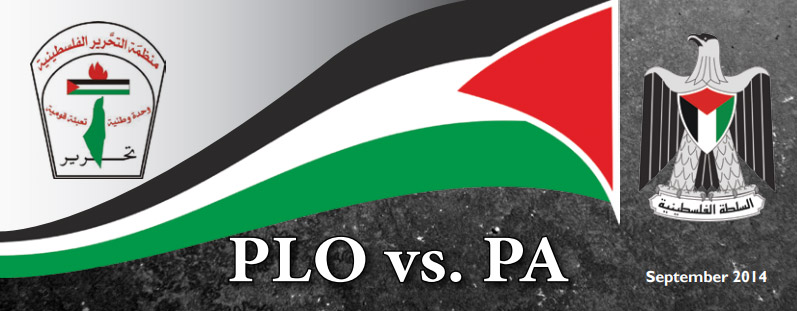There has been considerable debate about the extent to which the Palestinian leadershipis a legitimate and broad representative of the Palestinian people. The terms Palestine Liberation Organization (PLO) and Palestinian Authority (PA) are often used interchangeably and confusion exists about the similarities in their structures and functions. While the two bodies are – at least in theory – significantly different, this confusion is justified since they are very much interrelated in practice.
So, which of the two bodies actually represents Palestinians? In a nutshell, the PA has “municipal authority” over the affairs of Palestinians in the Occupied Palestinian Territories (OPT), while the PLO takes broader decisions regarding Palestinians worldwide and the status of Palestine, but holds no legal authority over internal local governance. As the PLO is the signatory to the Oslo Accords and negotiated the establishment of the PA (created to implement those Accords),and both bodies are currently led by the same person, they are intrinsically linked. The PLO is per se superior to the PA, but the latter increasingly appears to be gaining in political significance at the PLO’s expense. Among other things, it has assumed diplomatic functions in parallel with the PLO, a role for which it is not mandated. Matters are further complicated by the fact that both their respective legislative bodies are not functioning – the Palestinian Legislative Council (PLC) in the West Bank and Gaza has not met for seven years, and the Palestinian National Council has not convenedsince 1998.
This bulletin aims to shed light on the origins and evolution of both organizations and provide a better understanding of the relationship between the PLO and PA, as well as the possibilities and prospects for institutional reform, under discussion recently and partially agreed upon as part of the reconciliation process for Palestinian national unity.









